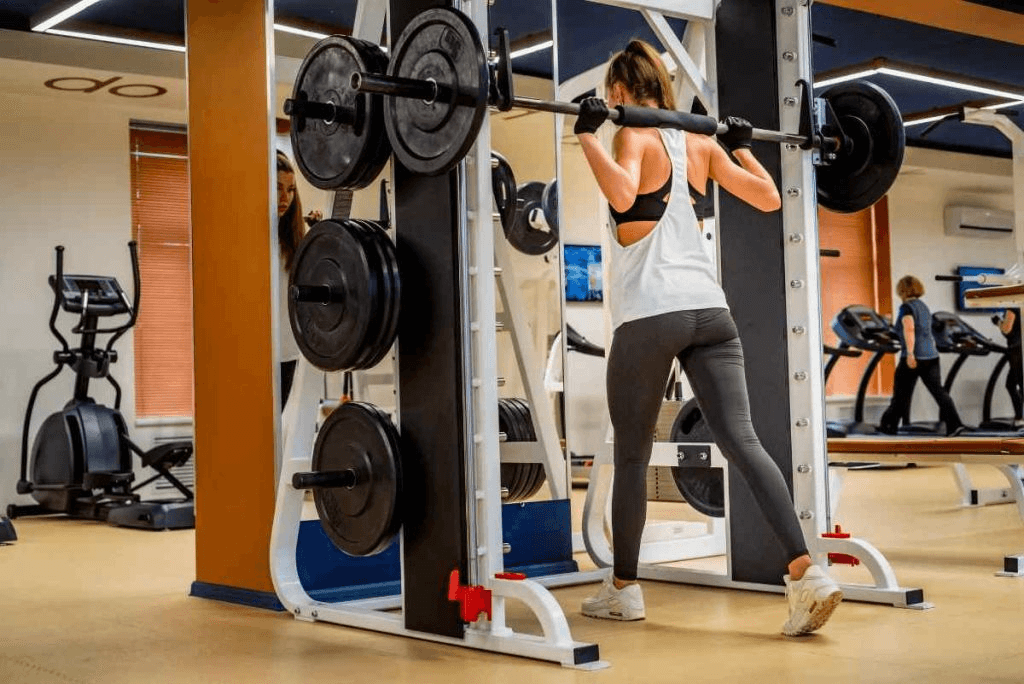When it comes to chest development, most people immediately think of the bench press or push-up variations. But there’s a less conventional, incredibly effective alternative that’s long been used by elite-level athletes: the gymnastic rings. A gymnast chest workout doesn’t just build strength — it forges control, stability, and muscle coordination that few other training tools can match.
Why Rings Are Superior for Chest Training
Unlike fixed bars or machines, gymnastic rings are free-hanging, unstable tools. This instability forces your chest, shoulders, triceps, and even your core to fire in unison just to maintain position. The result? Every rep becomes more demanding, turning bodyweight movements into high-intensity strength work.
Gymnasts are known for having well-developed, sculpted chests despite doing very little traditional pressing. Their secret lies in leveraging full-body tension, extended time under tension, and strict control through the range of motion — all elements naturally built into ring training.
Key Movements in a Gymnast Ring Chest Workout
1. Ring Push-Ups
Start with the basics. Ring push-ups target your chest more intensely than regular floor push-ups because your arms can move freely, allowing a deeper stretch at the bottom and a stronger contraction at the top. Begin with the rings low to the ground and progress by elevating your feet or increasing ring height for greater difficulty.
2. Ring Dips
This is one of the most effective exercises for developing chest, shoulders, and triceps. Unlike dip bars, rings move with you, so your stabilizers work overtime. Leaning slightly forward during the dip emphasizes chest activation, mimicking the angle of an incline press with the added challenge of instability.
3. Ring Flys (Assisted or Full)
For chest isolation, ring flys are unmatched. Lower yourself slowly with arms extended, keeping a slight bend in the elbows, then squeeze your chest to return. If you’re new, start with your feet on the ground or in a push-up position and progress gradually. This move creates deep muscle fiber recruitment while improving range of motion.
4. Archer Push-Ups on Rings
This variation introduces unilateral loading. By extending one arm further while keeping the other more bent, you simulate a chest press while developing shoulder and core control. It’s a stepping stone to one-arm push-up strength and builds impressive symmetry.
5. Ring Support Hold
Although it’s an isometric exercise, holding yourself above the rings with straight arms works your entire upper body. It teaches your muscles to brace together, especially the chest, which stabilizes the shoulders and keeps the arms from rotating outward.
Personal Reflection from the Rings
The first time I incorporated ring training into my chest routine, I couldn’t believe how sore I was — not just in the pectorals, but in the deep stabilizing muscles I didn’t even know I had. At first, even simple ring push-ups felt humbling. But within weeks, I noticed a shift: my posture improved, my shoulder discomfort faded, and my chest felt fuller and more functional.
Perhaps the most rewarding part of this type of training is how connected you become with your body. There’s no “cheating” on the rings. Every movement demands attention, awareness, and control — qualities that carry over into everything from lifting weights to daily movement.
Final Thoughts
If you're stuck in a chest-building plateau or want to train with purpose and precision, integrating a gymnastic ring chest workout is a game-changer. It doesn’t just add variety; it cultivates real strength, joint health, and muscular control. Whether you're training at home, outdoors, or in a gym, the rings offer a portable, potent path to a powerful upper body — the gymnast way.










































Leave a comment
This site is protected by hCaptcha and the hCaptcha Privacy Policy and Terms of Service apply.